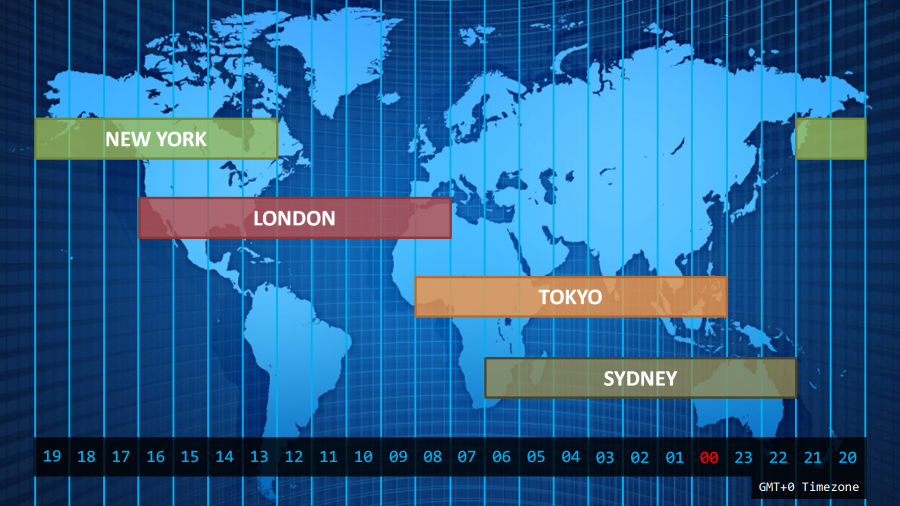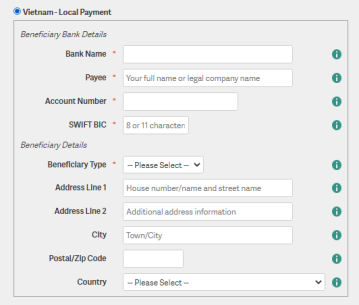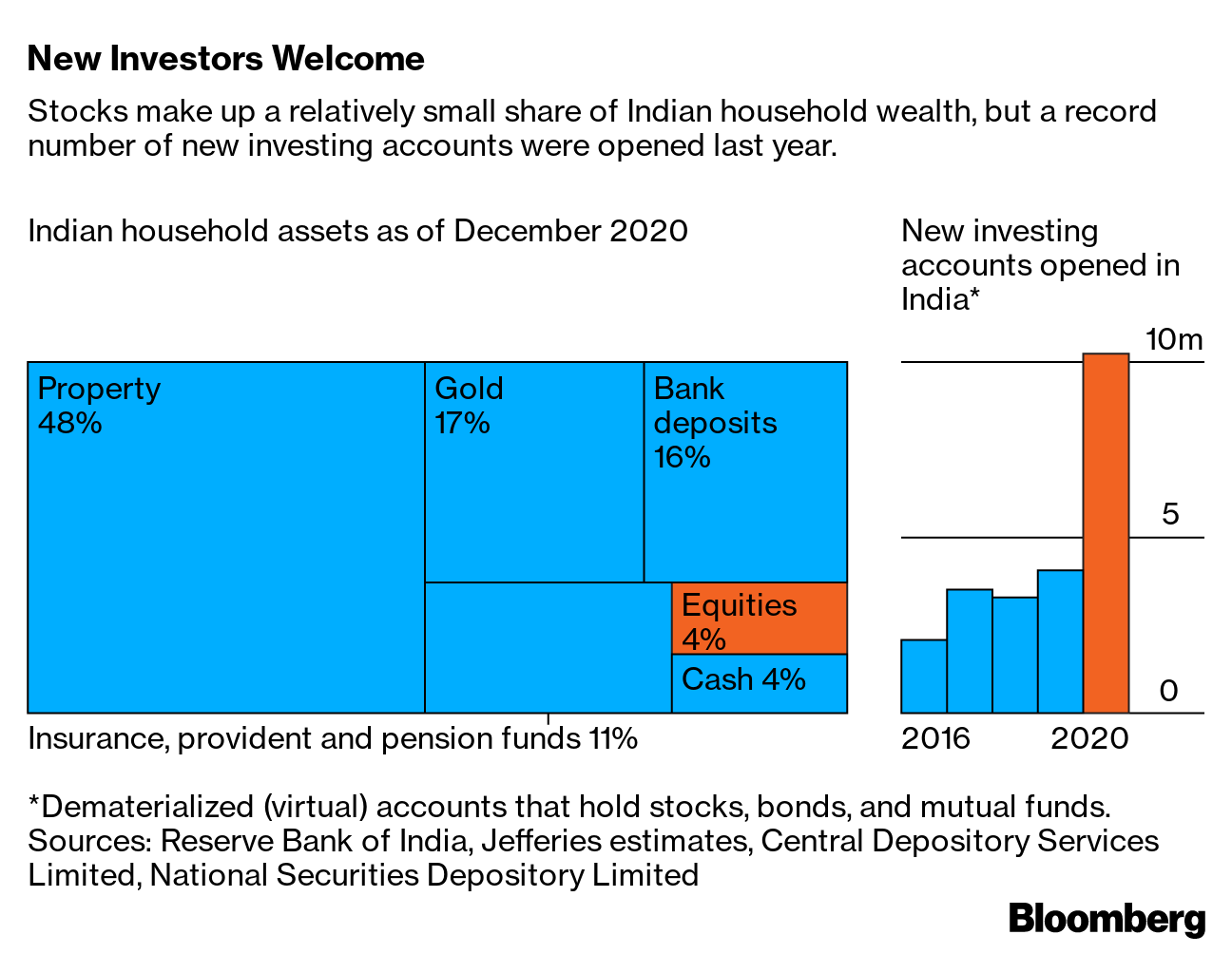
This article will show you how to succeed in forex trading. This article will outline what you need to know to succeed. This article will also discuss the skills and techniques you need to be successful. A key step towards success is identifying your trading strategy. This article will help you find a trading strategy that suits you and your personality. You will be able to stay on track, make money consistently and create a trading plan.
Lessons learned
While the goal of every trader is to make a profit, sometimes the market is not in their favor. It is vital to be able decide when to stop a trade and when it is time to start a new one. While it is important to be able to cut down on your losses, it isn't an easy skill. Cutting your losses is risky. You might end up with a loss that you cannot afford. There are options to learn from past mistakes and improve your trading abilities.

Success requires the right skills
The ability to concentrate is one of the most important skills for forex trading success. Successful traders have a clear goal in mind and use technical and fundamental analysis to achieve that goal. Trader success will depend on their ability and drive to study relevant data, as well as to improve their analytical skills. This will allow them to avoid making mistakes, gain knowledge about the market and become more efficient and productive in trading. A successful trader understands the psychology of trading. This will make traders more capable of dealing with stressors related to forex trading.
Techniques for success
Forex trading success depends on you developing a strategy that works. A random approach won't work. You have to create a strategy that works under all market conditions. It can also generate huge profits. Investing in a reputable broker is an excellent way to reduce your risk. You can also test different strategies before you invest your money. This increases your chances of winning. You should also treat trading like a business. To avoid losses, it is important to always stay in the profit zone.
Identifying a trading plan
Forex trading can be done in many ways. Trend following, which is about following the main trends in an instrument, is one strategy. This strategy relies on the detection of a trend, and cutting losses when it is reversed. This strategy may not be suitable for everyone. You must choose the right strategy for yourself, considering your time, risk tolerance, as well as personality. Here are some examples of common trading strategies and the risk they carry.
Achieving a realistic and quantifiable goal
The trading goal must be clear and specific. The trader will be unlikely to succeed without it. An example: a $1,000 investment will not guarantee him a million-dollar income. He should set a reasonable goal like earning 15% annual growth or making $10,000 per calendar year or gaining 200 points per month. You must also make sure that the goal is long-term and achievable. This will allow traders to stay focused and motivated.

Managing risk
For forex trading to be successful, you must manage your risk. It is essential to set proper stop losses, calculate the right position size, and control your emotions. A good risk management strategy can make the difference between a profitable and unsuccessful trading session. The first step to proper forex risk management is to determine your appetite for risk. This is especially important when trading with currency pairs that are highly volatile. You should also consider the impact of liquidity on risk management before you enter a position.
FAQ
Do I need an IRA?
An Individual Retirement Account, also known as an IRA, is a retirement account where you can save taxes.
To help you build wealth faster, IRAs allow you to contribute after-tax dollars. These IRAs also offer tax benefits for money that you withdraw later.
IRAs are particularly useful for self-employed people or those who work for small businesses.
In addition, many employers offer their employees matching contributions to their own accounts. This means that you can save twice as many dollars if your employer offers a matching contribution.
What kind of investment gives the best return?
The answer is not what you think. It depends on what level of risk you are willing take. One example: If you invest $1000 today with a 10% annual yield, then $1100 would come in a year. Instead, you could invest $100,000 today and expect a 20% annual return, which is extremely risky. You would then have $200,000 in five years.
In general, the greater the return, generally speaking, the higher the risk.
So, it is safer to invest in low risk investments such as bank accounts or CDs.
However, you will likely see lower returns.
Conversely, high-risk investment can result in large gains.
For example, investing all of your savings into stocks could potentially lead to a 100% gain. It also means that you could lose everything if your stock market crashes.
Which one do you prefer?
It all depends upon your goals.
To put it another way, if you're planning on retiring in 30 years, and you have to save for retirement, you should start saving money now.
High-risk investments can be a better option if your goal is to build wealth over the long-term. They will allow you to reach your long-term goals more quickly.
Remember that greater risk often means greater potential reward.
But there's no guarantee that you'll be able to achieve those rewards.
How do I know if I'm ready to retire?
It is important to consider how old you want your retirement.
Is there an age that you want to be?
Or, would you prefer to live your life to the fullest?
Once you have set a goal date, it is time to determine how much money you will need to live comfortably.
You will then need to calculate how much income is needed to sustain yourself until retirement.
Finally, you need to calculate how long you have before you run out of money.
Statistics
- If your stock drops 10% below its purchase price, you have the opportunity to sell that stock to someone else and still retain 90% of your risk capital. (investopedia.com)
- 0.25% management fee $0 $500 Free career counseling plus loan discounts with a qualifying deposit Up to 1 year of free management with a qualifying deposit Get a $50 customer bonus when you fund your first taxable Investment Account (nerdwallet.com)
- An important note to remember is that a bond may only net you a 3% return on your money over multiple years. (ruleoneinvesting.com)
- Some traders typically risk 2-5% of their capital based on any particular trade. (investopedia.com)
External Links
How To
How to invest In Commodities
Investing in commodities means buying physical assets such as oil fields, mines, or plantations and then selling them at higher prices. This process is called commodity trade.
Commodity investment is based on the idea that when there's more demand, the price for a particular asset will rise. The price tends to fall when there is less demand for the product.
You don't want to sell something if the price is going up. You would rather sell it if the market is declining.
There are three main types of commodities investors: speculators (hedging), arbitrageurs (shorthand) and hedgers (shorthand).
A speculator would buy a commodity because he expects that its price will rise. He doesn't care whether the price falls. For example, someone might own gold bullion. Or someone who invests on oil futures.
An investor who buys commodities because he believes they will fall in price is a "hedger." Hedging allows you to hedge against any unexpected price changes. If you own shares of a company that makes widgets but the price drops, it might be a good idea to shorten (sell) some shares. This means that you borrow shares and replace them using yours. It is easiest to shorten shares when stock prices are already falling.
The third type of investor is an "arbitrager." Arbitragers trade one thing to get another thing they prefer. If you're looking to buy coffee beans, you can either purchase direct from farmers or invest in coffee futures. Futures allow you to sell the coffee beans later at a fixed price. Although you are not required to use the coffee beans in any way, you have the option to sell them or keep them.
This is because you can purchase things now and not pay more later. You should buy now if you have a future need for something.
There are risks associated with any type of investment. Unexpectedly falling commodity prices is one risk. Another risk is the possibility that your investment's price could decline in the future. These risks can be minimized by diversifying your portfolio and including different types of investments.
Taxes are also important. When you are planning to sell your investments you should calculate how much tax will be owed on the profits.
Capital gains tax is required for investments that are held longer than one calendar year. Capital gains taxes are only applicable to profits earned after you have held your investment for more that 12 months.
You might get ordinary income instead of capital gain if your investment plans are not to be sustained for a long time. For earnings earned each year, ordinary income taxes will apply.
When you invest in commodities, you often lose money in the first few years. However, your portfolio can grow and you can still make profit.